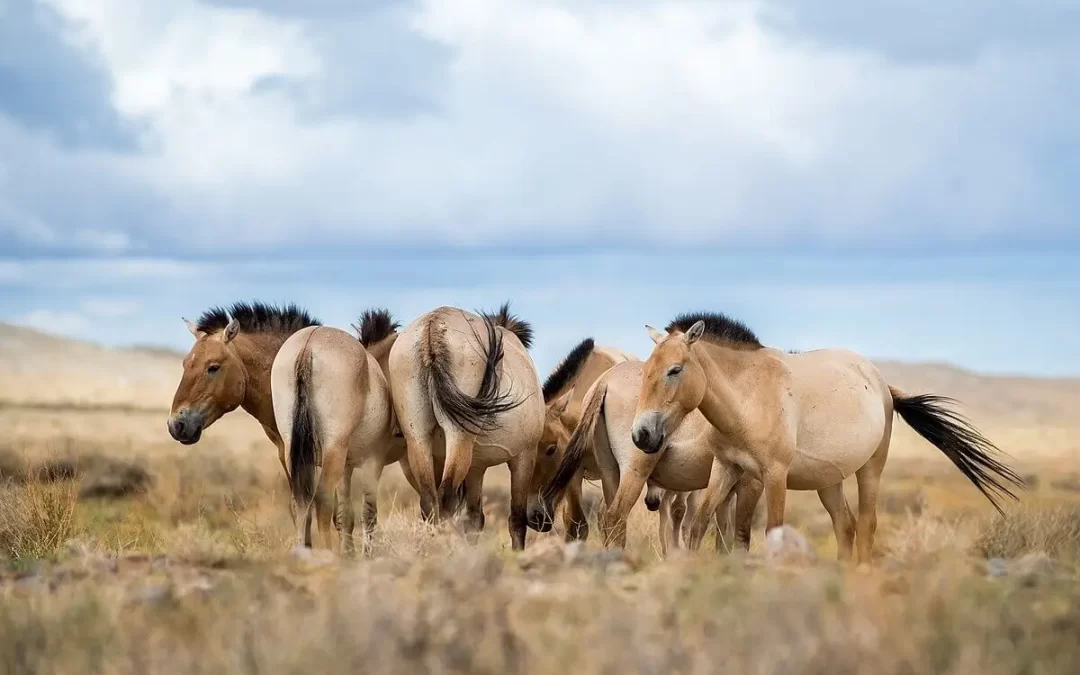The week started out warm, warmer than normal for the week before Thanksgiving. Wednesday came with rain and wind and dropping temperatures. Thursday dawns with snow on the ground. By Friday, most of the snow had melted, but temperatures are still cold.
Winter has come.
The pending arrival of winter results in many horse owners blanketing their horses long before temperatures dip close to freezing.
Some blanket their horses because they’re still showing their horses. Judges don’t like to see scruffy, fluffy winter coats in the show ring. Blankets combined with keeping horses stalled under bright lights as the days grow short helps horses retain their summer coats—or at least delays the onset of winter coat growth.
I don’t particularly condone the practice, but I do understand it.
Other people blanket their horses for other reasons. My best friend blankets one of her geldings because he typically does not grow a thick winter coat to protect him from the cold. She also confines him within the shelter of a stall (in an insulated barn) when the weather is inclement. He seems to thrive under such pampering, so it works for them. (Her other horse grows a more robust winter coat.)
I firmly believe, however, that most horses do not need to be blanketed as a routine practice.
Horses evolved on the steppes of Asia. It’s cold there, really cold in the winter. The wind blows incessantly. Horses evolved to live and thrive in that inhospitable climate, which means most modern breeds are built like boilers. That means they’re built to retain heat. (Desert breeds like the Arabian horse tend to be built more like radiators to disperse heat.)
A horse’s natural diet aligns with the evolutionary development to retain heat. Digestion in the equine hind gut ferments the grasses (and other forage) to produce heat. The horse grows a thick, sometimes long, winter coat. Long guard hairs protect the soft inner coat. Piloerection fluffs up the coat to trap warm air next to the skin. That layer of protected warm air is called loft. The horse’s large muscle groups build heat throught contraction via movement and even shivering. The lower legs and hooves are particularly well designed to withstand standing in snow without losing functional capability.
Horses are built for winter.
I currently have three horses: a Morgan-Arabian gelding, a Halflinger mare, and a Morgan mare. The Morgan mare is a recent acquisition. I’ve had horses for over 40 years. Seldom in those decades have I seen the need to blanket any of my horses.
But I have blanketed my horses—not often—when I knew they need the extra protection.
I let the horse be my guide. If the weather is cold (below freezing), wet (raining, not snowing), and windy, then I’ll bring them indoors. When a horse’s coat is soaked through, the horse cannot build and retain heat, and its ability to stay warm becomes compromised. My barn is not insulated and it is drafty (sometimes downright breezy), but it offers a lot more protection from the elements than being outdoors. If one of the horses is shivering, that indicates the horse is uncomfortably cold. I’ll towel-dry the horse as best I can and blanket the animal to help it build and conserve warmth.
The “blanket or not to blanket” debate rages on. And I do mean rage. It’s as heated (hah, see the pun!) as the debate among writers and editors regarding the Oxford comma. The solution to both is the same: no one-size-fits-all solution works for all occasions. That warrants flexibility and discerning judgment rather than rigid reliance upon rules. Changing variables factor in the decision to retain a a grammatically incorrect sentence (or sentence fragment) or to blanket my horse, a decision always slanted toward the question of what’s best.
Not what’s correct. What’s best.
That illustrates the arts of writing and editing and the reality of good horsekeeping.

